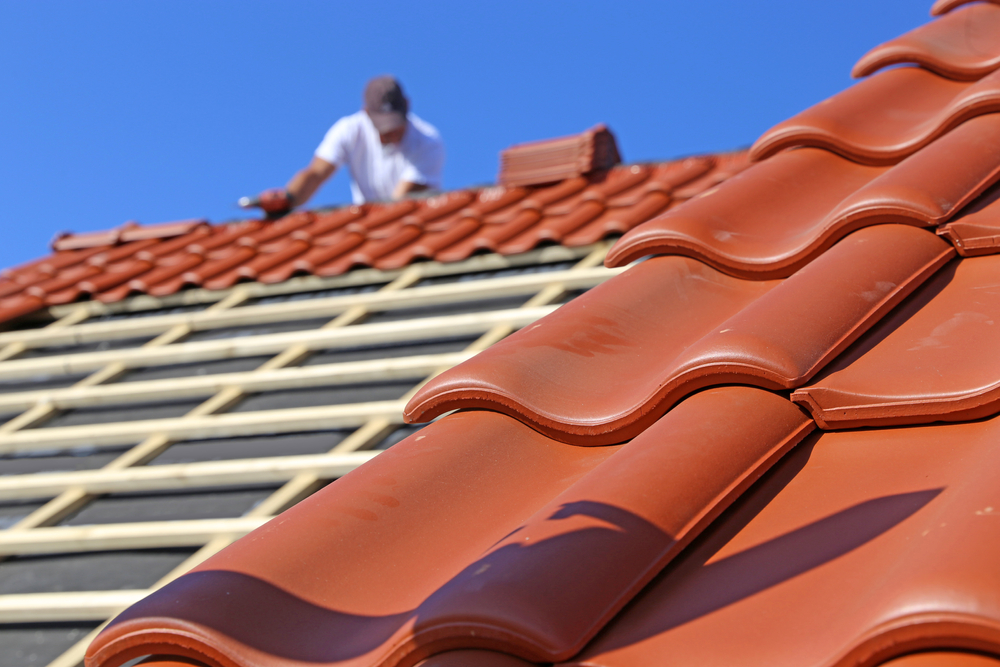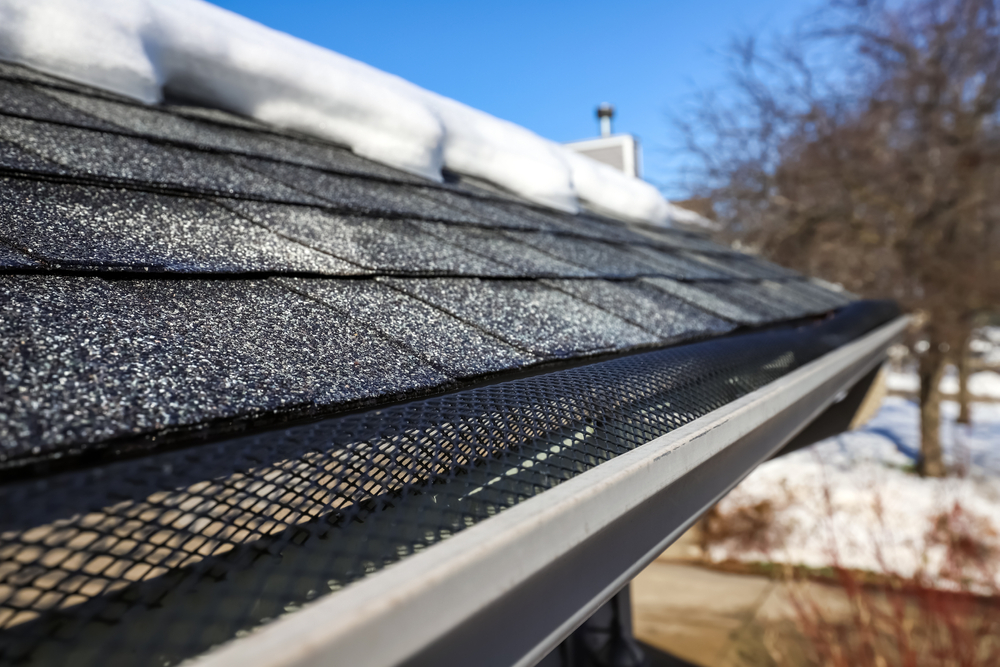Here’s How Smart Roof Coatings Could be the Future of Energy-Efficiency
Homeowners might be interested in renovating their home gradually to embrace energy efficiency, live greener and save money each month, too. While homeowners might focus on energy-efficiency appliances to save money, they also should focus on their home’s exterior, too—especially the roof.
Energy-efficient roofs come in different designs, and a new smart roof coating could be an option for homeowners who want to replace their roof with an energy-efficient material. Here’s how smart roof coatings could be the future of energy-efficiency for the home.
What is a Smart Roof Coating?
Scientists have discovered that the chemical vanadium dioxide mixed with a small amount of tungsten can be used to create a coating that helps make a roof energy-efficient. This chemical combination helps keep the roof cooler in the summer and warmer in the winter.
The name for this type of coating application is called temperature-adaptive radiative coating (TARC for short). How does this type of coating differ from other ‘cool roofs?’ The scientist behind TARC explained that other ‘cool’ technology actually causes heat to be radiated during colder months; unfortunately, this feature of the cool design forces the HVAC to work overtime when warming the home.
TARC is anticipated to be much more energy-efficient and won’t rely on any sources of energy to do its job. The scientists performed a test of the material in 15 cities (representing different climate zones). They discovered that the material was more energy efficient than other coatings in 12 out of the 15 zones. Researchers noted that with TARC, homeowners could save about 10 percent on electricity.

Is TARC Available?
Homeowners can’t coat their rooftops with TARC yet. The material is still undergoing different trials and tests to further analyze its benefits and efficiency.
The discovery of this new material, though, could give homeowners a new option in the future. Currently, though, homeowners could choose to upgrade to a cool roof. There are numerous options for cool roof materials and designs (for steep roofs) including:
- Natural hued wood shingles
- Light-hued polymer shingles
- Clay tiles with special coatings
- Concrete tiles with light slurry or polymer coatings
- Cool-colored painted metal shingles
Roofs that have a low slope or that may be a combination also have other options. Green roofs also can be cool roofs. A green roof includes a plant covering that helps absorb sunlight and keeps the roof cool (it’s popular in cities).
The Potential for TARC
The discovery of the TARC system could allow for homeowners to install a ‘smart roof’ on top of a current roof material. However, further tests of the material might be needed to discover if some roof materials work best for TARC.
Applying a simple chemical covering, though, also could be a cost-effective solution for homeowners to embrace energy efficiency and save money in the process.

The Roof Could Show Energy Drains During Winter
Homeowners also should pay close attention to their roof during the winter. When it snows, does the roof have snow mounds that have accumulated or has the snow melted? If spaces of the roof show gaps where snow has melted, this could point to issues with the attic insulation.
A poorly insulated attic won’t protect the home. As warm air rises, the poor insulation will allow this air to escape and cause the roof to become warmer. This is why homeowners will notice areas of melted snow.
If homeowners suspect that insulation is causing their heating costs to rise, they might contact a professional to assess the insulation needs of their home. It might be time to upgrade the insulation.
What to Do When Energy Costs are Soaring?
Some homeowners might discover that their energy costs are becoming unmanageable. Why are monthly utility bills suddenly soaring?
If homeowners notice that their electricity or natural gas costs are higher than normal, it might be time to conduct a home energy audit. This energy analysis can help homeowners spot energy drains in the home and help rein in those costs.
Homeowners can download the benefyd app via Google Play or the App Store. benefyd will help homeowners conduct their home energy audit.
benefyd will prompt homeowners to enter information related to their monthly energy use (keep last month’s bills handy). Homeowners also will need to take a photo of each room in their home (a home “selfie”).
Using the data and images provided by the homeowner, the app will identify potential energy drains in the home and make suggestions on how to make the home more energy efficient. benefyd also can help homeowners find any applicable energy-saving rebates.
While smart roof coverings could be a future solution to make roofs—and the home—more energy-efficient, this option isn’t yet available. Instead, homeowners can upgrade to cool roofs. Some homeowners also might need to upgrade their insulation to improve energy efficiency.
To find more energy drains in the home and uncover ways to save costs on utility bills, download the benefyd app and conduct a home energy audit today.


